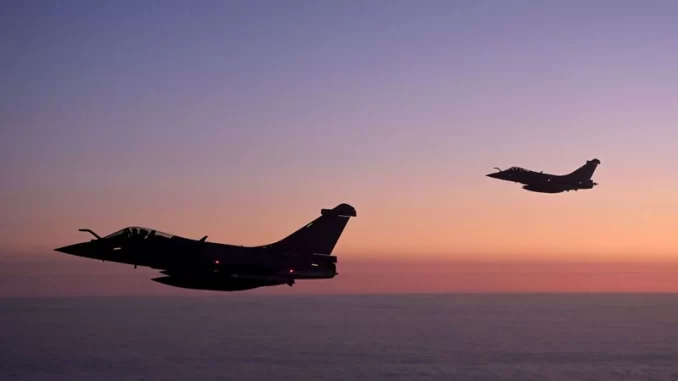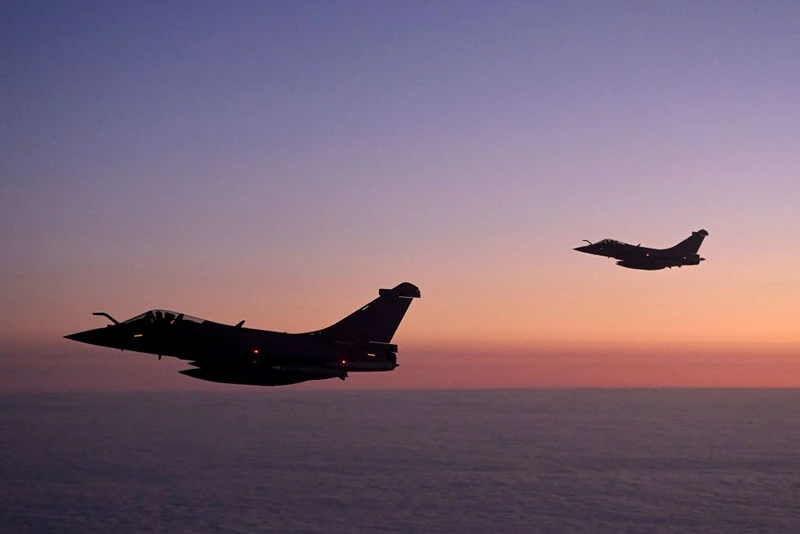

OAN Roy Francis
UPDATED 8:29 AM PT – Wednesday, March 15, 2023
The U.K. and Germany scrambled their fighter jets in order to intercept two Russian planes near Estonia, just hours after the United States drone had been downed over the Black Sea on Tuesday.
A Russian Il-78 Midas plane, a refueling aircraft, was intercepted between St. Petersburg and Kaliningrad. Another Russian plane, a Russian Antonov 148 military transport aircraft, was also redirected while passing close to Estonian air space.
The Russian Midas aircraft had been flying from St. Petersburg, which sits close to the border with Finland and Estonia on the Baltic Sea. The plane was headed to Kaliningrad which is located on the most western point of Russia.
After successfully rerouting the Midas aircraft, the two NATO jets were redirected to intercept the An-148 airliner which was also flying close to Estonia’s air space.
The two planes were intercepted and redirected after failing to communicate with Estonian air traffic control in the Baltic Sea as they approached NATO airspace. This was the first joint NATO air policing scramble by the U.K and Germany, which came as tensions are an all-time high as Russian President Vladimir Putin has made threats against Kyiv’s allies.
“NATO continues to form the bedrock of our collective security,” James Heappey, the British armed forces minister, said. “This joint UK and German deployment in the Baltics clearly demonstrates our collective resolve to challenge any potential threat to Nato’s borders, whilst demonstrating our combined strength.”
The British pilot who was involved the in the mission commented on the joint cooperation of the two nations.
“We were scrambled to intercept an aircraft that was approaching Estonian airspace. We identified and monitored it as it transited close to NATO airspace,” he said. “Any aircraft that are not communicating with Air Traffic Control or on a recognized flight plan will be intercepted by us to ensure we know who they are and maintain flight safety for all airspace users. As a fighter pilot this was a routine business, even though I was flying alongside a German colleague. It is clear that all of our training and hard work paid off as we seamlessly operated together.”
Putin on the other hand has declared that Russia will “consider any action with U.S. weaponry as openly hostile” after the incident involving the U.S. drone. Pentagon officials said that the drone had been downed following an “unsafe and unprofessional intercept” by the Russian planes.
Officials explained that the Russian fighters had dumped fuel on the drone, flying in extremely close proximity, and then ultimately clipping the propeller of the $32 million drone forcing it down over the Black Sea.
U.S. officials said that the drone was conducting routine operations in the international airspace when it was intercepted by the Russians.
“This incident follows a pattern of dangerous actions by Russian pilots while interacting with U.S. and Allied aircraft over international airspace, including over the Black Sea. These aggressive actions by Russian aircrew are dangerous and could lead to miscalculation and unintended escalation,” a statement released by U.S. military officials read.
This is was the first time since the Cold War that a U.S. aircraft had been brought down after an encounter with a Russian plane.

